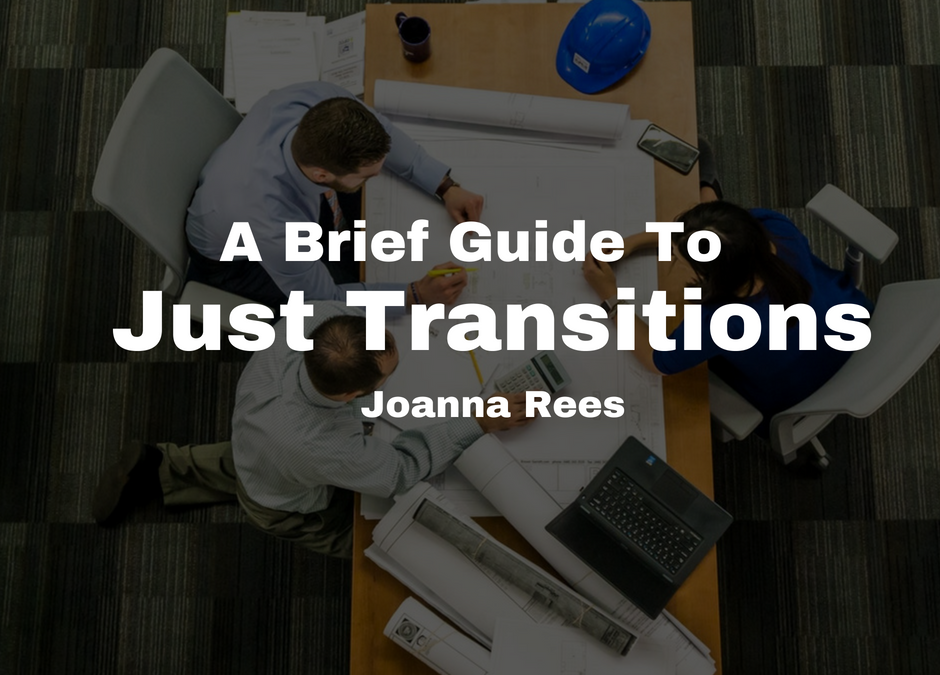How can a business move toward a net zero future? Just transition!
Well, that’s not quite what a just transition is. In actuality, it’s a set of social, ethical, and economic guidelines designed for businesses looking to reduce their emissions while ensuring that nobody is left behind. And, with the need for new standards as soon as possible, it may be necessary for businesses to adopt this sort of transition as soon as they can. It can be tempting to throw caution to the wind and act in accordance with climate goals, but companies need to know how this will affect their community.
The fact is, any sort of transition to net zero emissions carries some level of risk. Notably, it threatens to potentially take jobs away from people whose duties are intrinsically tied to functions that produce emissions. This is why a just transition is largely a dialogue between a company and its workers, looking to find an ideal solution. This could include things like the creation of new jobs, training opportunities, and community retention.
Though there are many factors to keep in mind when going through a just transition, there are also very tangible business incentives for doing so. Engaging with employees and unions in the methods necessary to carry out a just transition is simply a good practice for the long term. Though this is ostensibly a way for companies to adopt better emissions standards, it also allows companies to update their employee relations and engage to address issues. Younger members of the workforce also tend to appreciate when a company both treats employees well and works to improve its environmental standards.
So where to start? Completing a just transition often hinges on having existing programs to promote climate action and human rights. If not, now is a great time to reexamine a company’s values and determine how these things fit into its overall structure. Once company leadership has committed to starting a just transition, engagement is necessary before anything about the company gets changed. Dialogues between employees of all levels, labor unions, and even governments will be necessary to gather opinions and set the groundwork for the transition. These conversations should address both what a company plans on doing to achieve net zero emissions and talk about alternative options if they better fit employees. Other topics include minimizing negative impacts on the workforce and advocating for government policies that facilitate a better transition.
With all of this information in mind, companies can then begin to plan what this process might look like. A good transition plan has distinct metrics and includes both short- and long-term targets, as well as methods to monitor progress along the way. This can involve establishing ecological practices that were only previously implemented on an individual level, or switching materials and processes to better support recycling and rescue practices. On the employee side of things, these goals might relate to adding formal training for these new changes and helping generally further careers.
Most importantly, the employee dialogue should not stop after the initial conversations. Throughout this whole process, companies should be in contact with the individuals and groups that they collaborated with to solicit their opinions and inform them of any alterations that might be made. Canonizing specific training services for all employees will also be something that happens as the transition gets further along. Externally, a company can look into investing in innovative firms that might help their goals when it comes to attaining net zero emissions.
Companies looking to improve their environmental processes should realize that there are human repercussions to switching over. However, practicing a just transition can allow them to achieve their sustainability goals while also improving the lives and careers of workers.
View the complete guidelines to making a just transition here.

